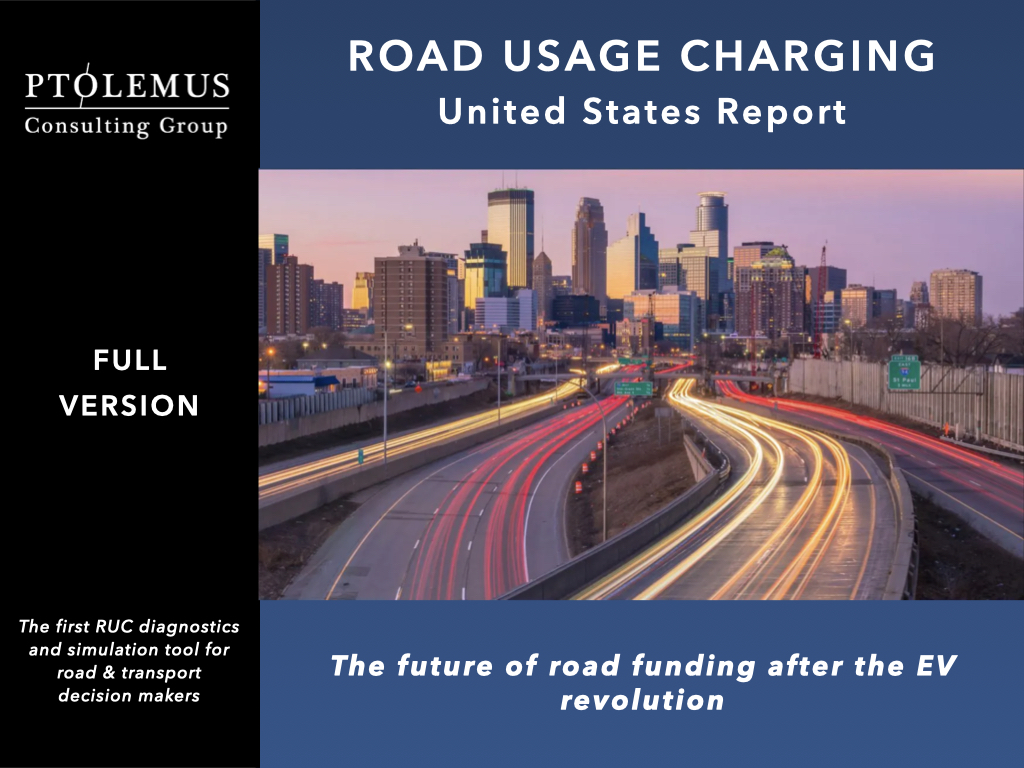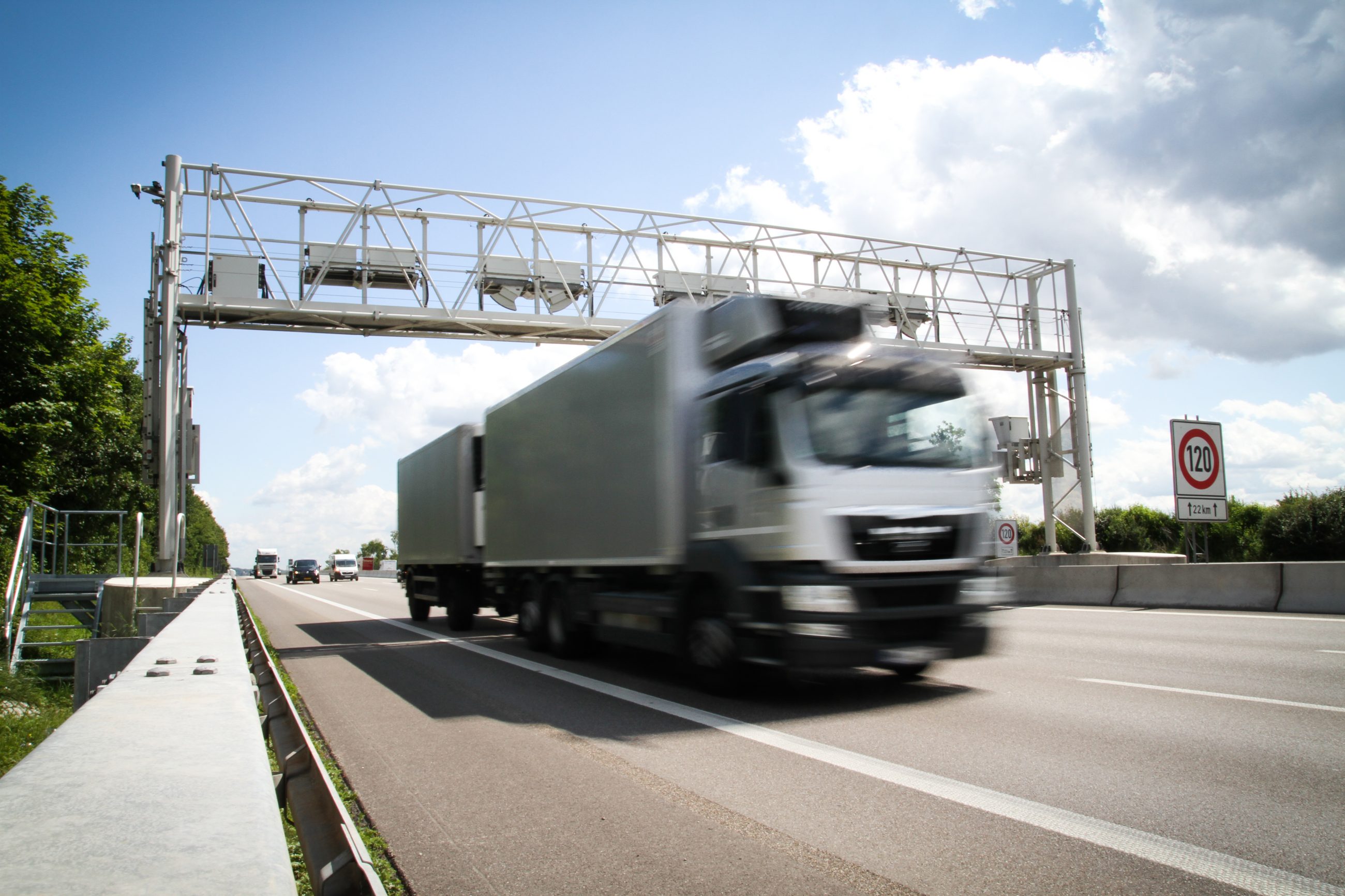What is Road User charging?

Simply put, Road User Charging (RUC) is a charge or fee issued to drivers for the use of a defined area of road. Essentially, RUC is a tolling system driven by data. The aim of road tolling and charging is to charge the user for the direct use of the road infrastructure based on numerous factors which can be used individually or together as part of the tolling scheme. These factors include the type of vehicle, the vehicle’s fuel type and efficiency, the distance covered and the amount of time on the road.
What are the purposes of Road User Charging
The purposes of Road User Charging are multiple and can include:
- Road building
- Maintenance financing
- Fund raising
- Congestion reduction
- Pollution reduction
- Management of transport demand and traffic flow
Who is involved in Road User Charging
RUC can become complex because it often involves multiple stakeholders with changing roles and interactions including:
- The toll charger, responsible for the infrastructure whether as the owner or the concessionaire
- The service provider, in charge of collecting and clearing revenues as well as the toll system operational management
- The driver, subject to the toll or charge by contract or regulation
What terminology is used in RUC?
The RUC terminology can depend on who is writing rather than any objective distinction. For example, road pricing is usually used by transport economists and value pricing can be used in the US mainly in the context of High Occupancy Toll (HOT) lanes. However, conceptually these all refer to the same thing.
Overall, RUC can be seen as an equitable way for users of a road to contribute to the maintenance cost of the roadways since the charge is based on the real impact of a vehicle on the road system and the environment. This contrasts with standard tolling which is a flatter fee that does not account for the many differences in impact between various vehicles types on the road and the time of day a vehicle uses the road.

